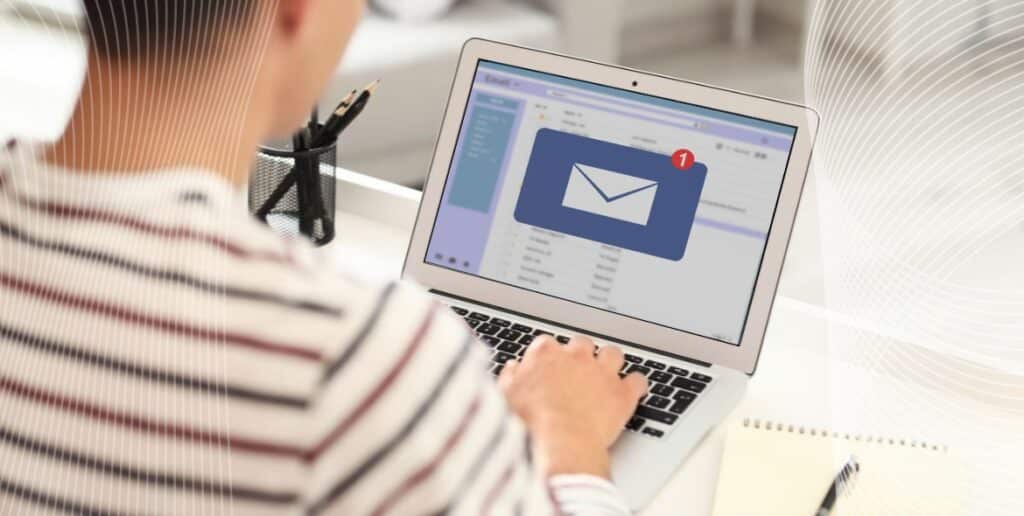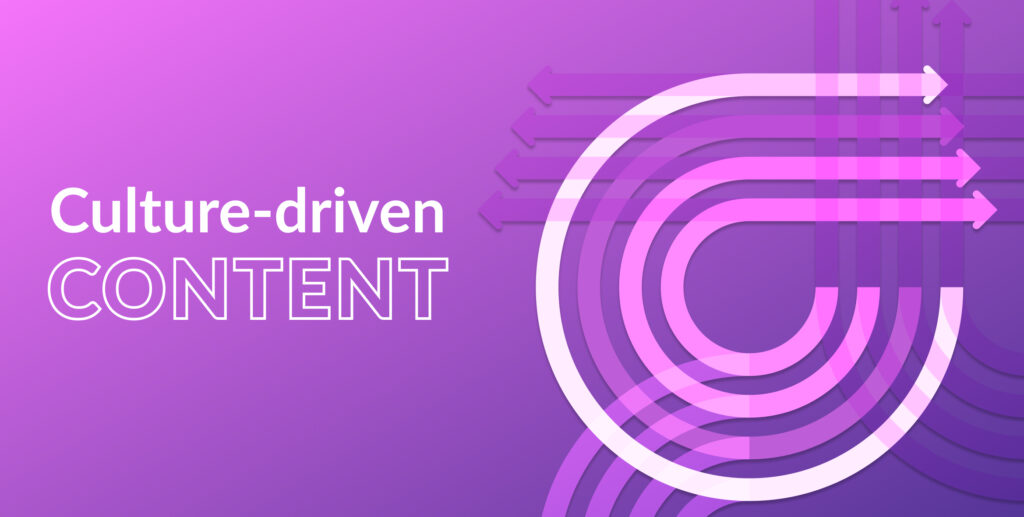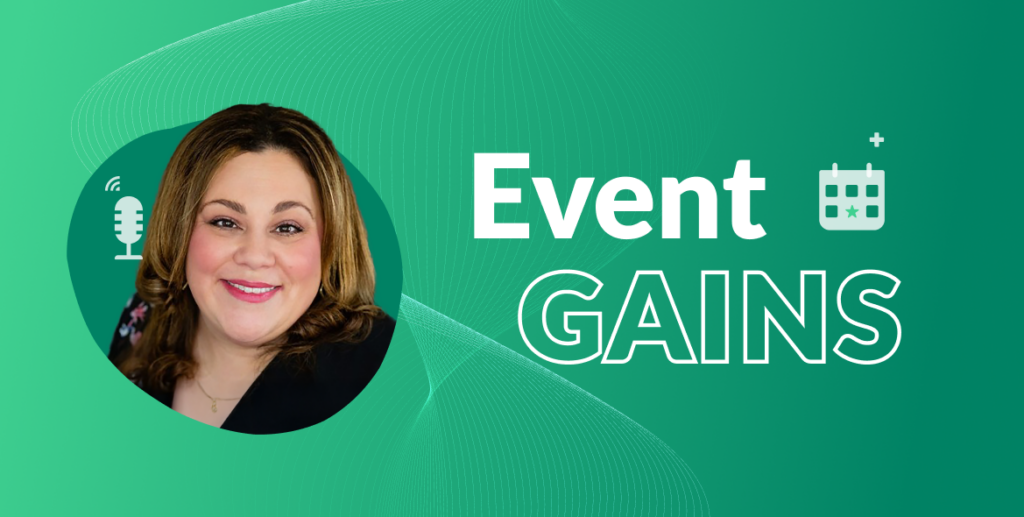Cold emails are deceptively hard to write. No matter how much you’ve researched a prospect, writing a cold email they will read and respond to is not an easy task. Even getting people to open cold emails can be a challenge.
But we’ve all also been on the other end, skimming through emails and moving them to the trash, or making a judgement call from the subject line alone whether the email is worth your time.
That’s why you need to get smarter about your cold emails. You need to get deep, think about who you’re writing to, what you want them to do, and why they should do it.
Why are cold emails worth writing?
Often the effort of cold emailing doesn’t seem to equal the output, so you might be wondering, is there any point?
There’s a reason cold emails continue to be used. They are a tried and tested method of reaching out to potential prospects, with 80% of buyers preferring to be contacted by email. They give people more time to think about their response, and they’re more likely to be taken seriously over a social media message. And whilst it’s true that the average reply rate is just 8.5%, there are many ways to boost the figures in your favour.
Things such as sending emails to multiple people multiple times have the chance to increase your response rate by a whopping 160%. Your cold emails shouldn’t just be one-offs that you write on a whim and send with crossed fingers. If you had a new product launch to promote, you wouldn’t just post once on social media and hope enough people saw it, right?
So, how can you figure out the right words that will result in a response? We’ve put together X templates that cover a range of B2B cold emails, and can help gain some responses.
Template #1: Find the right person
Sometimes, the reason you’re hitting a wall with your cold emails is that you aren’t reaching out to the right person or you’re not avoiding the spam folder. And despite the current digital world we live in, contact information isn’t always available online. If you’re unsure that you’re approaching the right person, ask.
This way, you can get a response that points you in the right direction, instead of wasting time contacting someone who isn’t the decision-maker you need. And if the action simply requires the recipient to pass you on to the right person instead of weighing up your product or service themselves, they’re more likely to do so.
Hi [recipients name]
I’m hoping to find the person in charge of [speciality area] at [company’s name]. They’ll want to take a look at [product/service], it could help [benefit #1] and [benefit #2].
To give you a snapshot of what we can do, our clients have seen great results such as:
- [Value prop]
- [Value prop]
- [Value prop]
If you’re the right person to speak with about this, do you have any availability this week to talk further? If not, could you let me know who to contact?
Thanks,
[Your name]
Template #2: Build a rapport
Many cold emails feel very bland and repetitive, but also impersonal. If someone can tell you’ve sent the same exact email to 100 other people, they probably aren’t going to care. By personalising your email, and trying to actually speak with someone instead of at them, it feels less like a cold email and more like a conversation.
Now, how to do this? You’ll likely need to do some research about the person you’re contacting. Consider mutual contacts or relevant links you could bring up. Perhaps you both may have recently earned a promotion, or you have a mutual ex-colleague in common. By using this, you show yourself to be a person behind the screen, instead of one of the many robotic cold emails that are dropped in people’s inboxes daily. If the best you have is knowing their ex-manager’s assistant’s dog sitter’s sister, focus on structuring your email to be more conversational and inviting of a response.
Hi [recipients name]
I was just getting in touch to chat about [company/product/service], when I noticed that we both [something in common]!
[Discuss thing in common]
It would be great to chat with you more, and talk about my role at [company] and how I think we could work together. Let’s chat soon, how’s your diary looking for the next week?
Thanks,
[your name]
Template 3: AIDA
The AIDA technique is an effective approach when it comes to writing cold emails. It stands for attention, interest, desire, and action. This means:
- Grab your reader’s attention, either through an impressive stat or USP
- Explain why they should be interested in your product or service
- Showcase some irresistible benefits
- Show them how to take the next steps with a CTA
This technique helps guide the reader through the email, and it’s a tried and tested technique for moving prospects through to the next stage in the pipeline.
Hi [recipient’s name],
[%] of [job title] experiences [common pain point]. But it doesn’t have to be this way.
With [product/service], you can experience [benefit].
Just ask our clients, such as [notable client], who experienced [data-led result].
I would love to walk you through [services/product demo] in more detail. Do you have availability this week to discuss this further?
Thanks,
[your name]
Template #4: Quid pro quo
Sometimes, you have to give a little to get a little. By whetting your prospect’s appetite with a free service or tool, you not only give them a chance to experience your capabilities, but you also show them that you mean business. People are much more likely to interact and engage when they’ve been given something. And ending with a direct CTA means the prospect can take action as soon as they’ve accessed the free tool.
Hi [recipient’s name],
Have you ever wanted to [benefit] ?
I’m reaching out to offer you the opportunity to try our [product/service], you’re sure to love it.
[more information about product/service capabilities]
Once you’ve had a chance to go test it out, let’s chat about how you liked it, and how we might be able to help you further.
What does your diary look like for the rest of the week? I’ve attached my calendar here so we can find a time to discuss.
Thanks,
[your name]
Template #5: Relevant resources
Like sharing a free tool, people like to get useful free content, especially if there is no effort involved. Sharing relevant resources shows that you know about the interests and pain points of your prospect, and you’re prepared to help them solve it. And as with a free tool, they’re much more likely to respond having received something useful to them.
Make sure you do your due diligence, and really think about what your prospect might find useful. If you send everyone the same resources, some are bound to be irrelevant, and it’ll look like you haven’t researched them, or you’ve copy-pasted the same email to everyone you have an interest in.
Hi [recipient’s name]
We know that tackling [common pain point] is difficult, from dealing with [challenge #1] to [challenge #2].
To make your life easier, I’ve put together a [resource type] that details how to:
- [solution]
- [solution]
- [solution]
Check it out here.
If you’re interested in more resources that can help [common pain point], we also have resources on [solution] and [solution].
Let’s have a call to chat about how I can further support you. Are you free this week?
Thanks,
[your name]
Template #6: Client Testimonials
Cold emails often aren’t trusted, as the recipients don’t know you, and they have no reason to trust the things you’re telling them. Would you trust the Amazon product with no reviews? Rather than relying simply on your own words, share some of the glowing words that your previous clients have to say about you.
Pick your most notable client that is relevant to your prospect. Hearing a name they recognise praise you shows that you’re somebody to be trusted, and that you have a hand in the success of a significant company.
Hi [recipients name]
[Your client] has succeeded in improving their [KPI] by [metric] in [time frame]. How? By using our [product/service]. But don’t just take our word for it, here’s what they had to say for themselves:
[Client quote]
We want you to join the growing list of our client’s success stories.
Reach out to find out how you can achieve [impressive stat]
Thanks,
[your name]
Make cold emails your next victory
Whilst writing cold emails might not be fun, it shouldn’t feel like a pointless task. If you employ the right tactics, incorporate personalisation, and reach out to a large enough list of prospects, you’re bound to find greater success and responses.
Put some life into your cold emails, and don’t forget to make them feel like you. Use our templates above as guidance, and work them into your own voice. No one wants to feel like they’re speaking to different people from email to email. And people are more likely to interact with someone if they can understand who they are.
Want to find out how we could assist in your cold email strategy? Reach out at hello@isolinecomms.com



